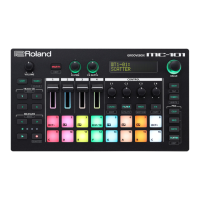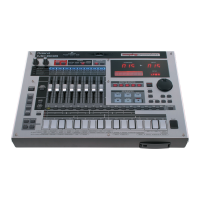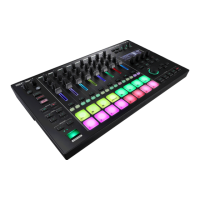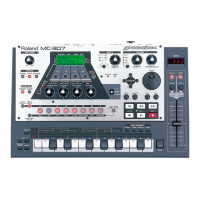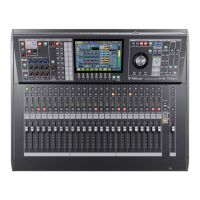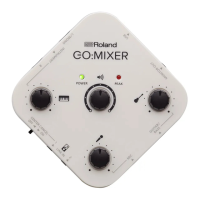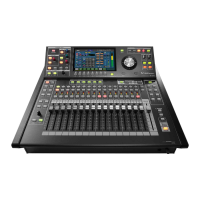©2003 Roland Corporation U.S. MC-909 Getting Started Guide Page 5
®ÂØÒňΠMC-909 Getting Started Guide
And so...?
The important thing to remember is that audio is something you can hear, while MIDI is merely
messages passed between two MIDI devices in a language only MIDI devices can understand.
While these messages result in sound, they’re not the sound itself.
Now that we’ve got that out of the way, let’s introduce some other important ideas.
Whatza Sample?
In many ways on the MC-909, it all starts with the sample. A sample is simply a digital recording of
a sound. It can be a mono recording, or a pair of recordings that make up the left and right sides
of a stereo audio image.
A sample may be a recording of:
• something off of a CD.
• something sung or played into a microphone.
• an electric instrument such as an electric guitar or
bass.
• the audio output of an electronic instrument such
as a synthesizer, a beat box or another sampler.
When you capture a sound as a sample, you’re sampling. A sampler—such as the
MC-909—is a device that can record and play these digital recordings.
On the
MC-909's screen,
here's what
a mono sample
looks like.
On the
MC-909's screen,
here's what
a stereo sample
looks like.
WAV and AIFF Samples
A sample can also be audio that someone else has recorded and stored as a file on a computer, or
on some other sampler. These files are stored in various audio file data formats. The most popular
are WAV-format and AIFF-format files. The MC-909 can load and play either type of sample file. It
can also create WAV and AIFF samples of its own.
The Bottom Line
In the MC-909, when we talk about a sample, we’re referring to audio you’ve recorded yourself, or
to a WAV or AIFF file you’ve imported into the MC-909.
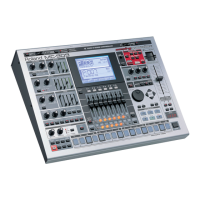
